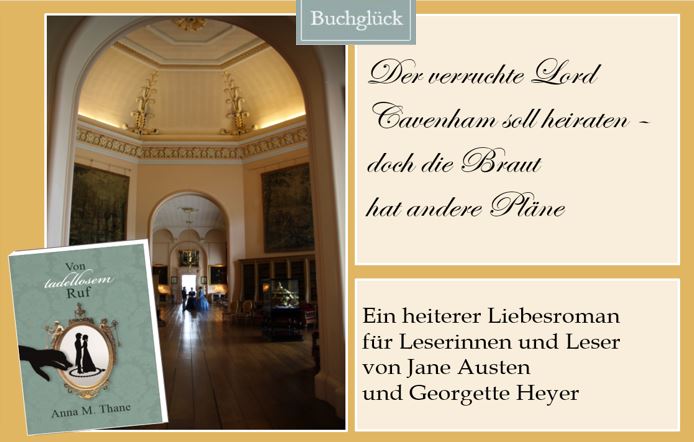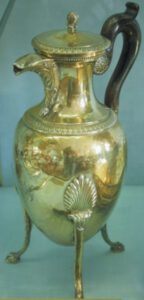 “Nobody, I fancy, can be fonder of Coffee than I am.”
“Nobody, I fancy, can be fonder of Coffee than I am.”
– Count Rumford (inventor, soldier, statesman, spy, womanizer, and philanthropist)-
Today, we are used to enjoy coffee everywhere, and the caffeinated drink “to go” is an added delight to walking in the streets or riding on a train. In the late 18th century, there were, of course, coffee houses in the cities. But would you have been able to take coffee with you on a trip or on a campaign?
Thanks to Sir Benjamin Thompson, Count Rumford (1753 – 1814), coffee could be prepared to be preserved for a considerable time, and you would have been able to reheat it, or to enjoy it cold wherever you wanted. Find out here how one of the most eccentric and dazzling persons of the 18th century prepared his beloved coffee as a “to go” version.
“I have regularly taken (Coffee) twice a day, for many years, and I certainly take care to have the very best that can be procured, and no expense is spared in making it good.
Count Rumford
How to preserve ready-made coffee
To preserve ready-made coffee, you need:
- bottles that have been cleaned very well
- a large kettle with clean cold water
- good, sound corks to close the bottles
- read-made coffee
Fill the large kettle with cold water. Put in the empty glass bottles. Heat the water in the kettle gradually until it boils. The bottles are thus heated boiling hot.
Freshly prepare coffee. While it is still boiling hot, pour it into the heated bottles. Immediately close the bottles with corks.
Remove the bottles in a cool cellar and cover them in dry sand. This is to preserve the bottles form light. When exposed to light, the coffee will soon be spoiled.
You can enjoy the preserved coffee cold or hot.
“As good coffee is very far from being disagreeable when taken cold, and as there is no doubt but it must be quite as exhilarating when cold as when it is taken hot, why should it not be made to supply the place of those pernicious drams od spirituous liquors, which do so much harm?”
Count Rumford
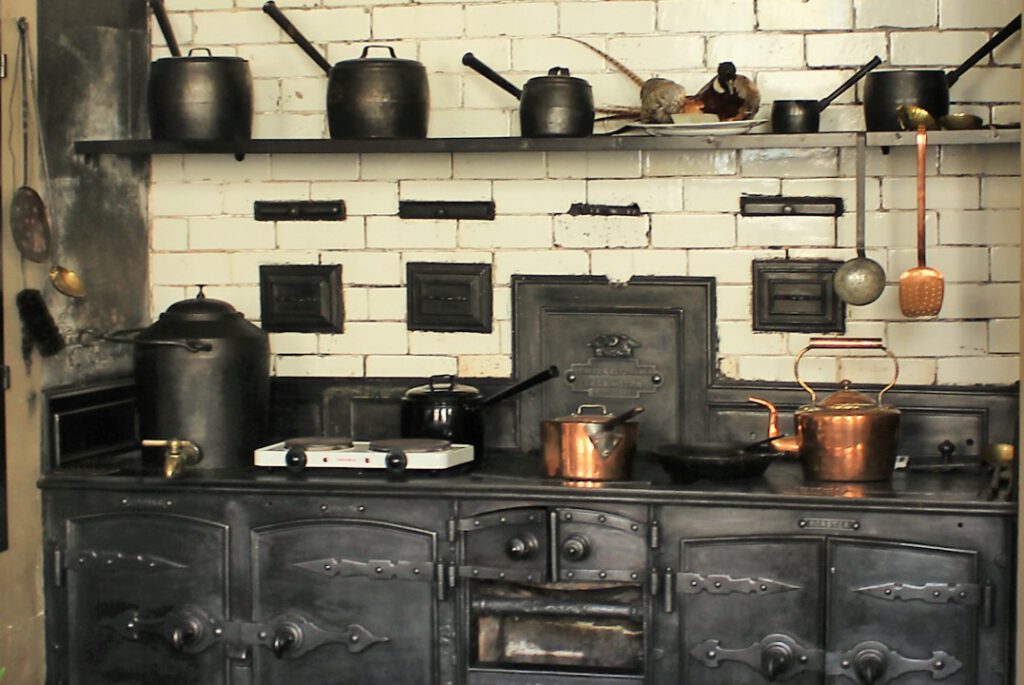
Danger! How to properly heat preserved coffee
When you want to enjoy the coffee hot, heat it in the bottle before the cork is drawn; otherwise a great deal of the aromatic flavour of the coffee will be lost by heating it.
Take care to put the bottle in a kettle with cold water first, and gradually heat the water to avoid any damage to the glass. When the coffee has acquired the degree of heat which is wanted, the cork may be drawn.
Your coffee is now ready to be poured out and served up.
“As Coffee is to me by far the most valuable luxury of the table, with which I am acquainted, and that in which I indulge with the greatest pleasure and satisfaction, I have spared no pains in my endeavours to find out how it can be prepared in the highest perfection.”
Count Rumford
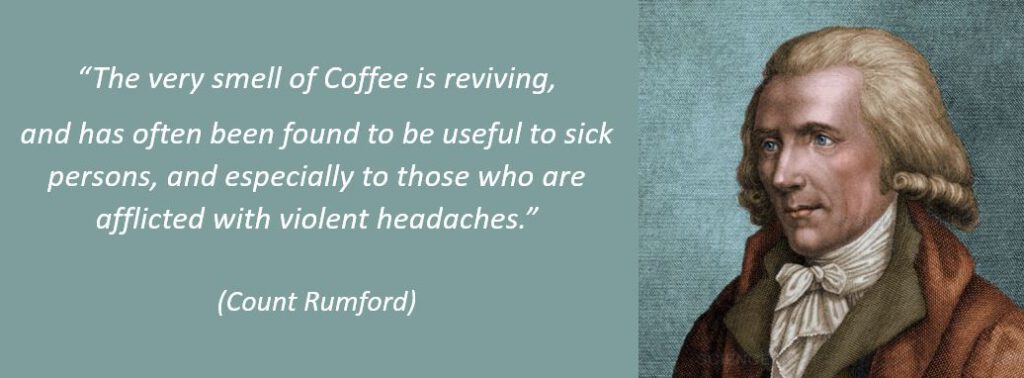
Tipps to make perfect coffee
“There is not culinary process that is liable to so much uncertainty in its results, as the making of Coffee; and there is certainly none in which any small variation in the mode of operation produces more sensible effects.”
(Count Rumford)
The highly inventive Count provides the ultimate rules for making good coffee in his book: “On the excellent qualities of coffee, and the art of making it in the highest perfection” .
Here are some of them:
- Great care must be taken in roasting coffee (note: in the 18th century, you would buy coffee in the form of green coffee beans in a shop): As soon as it has acquired a deep cinnamon colour, it should be taken from the fire. Otherwise, the coffee’s taste will become disagreeably bitter.
- The coffee must be ground fine, otherwise the hot water will not have time to penetrate to the centers of the particles.
- One quarter of an ounce of ground coffee is sufficient to make one cup of most excellent coffee, of the highest possible flavour, and quite strong enough to be agreeable.
- The stratum of ground coffee on which the boiling water is poured, must be of a certain thickness, and it must be pressed together with a certain degree of force.
- The levelling of the surface of the ground coffee that has been put into the strainer is of considerable importance before any attempt is made to press it together.
- The water which is poured on the ground coffee should be boiling hot; the cup and the strainer having both been previously heated, by dripping them into boiling water.
- A gradual percolation of water brings continually a succession of fresh particles of pure water into contact with the ground coffee, and when the last portion of the water has been passed through it, everything capable of being dissolved by the water will be found to be so.
- Pour the coffee boiling hot on a sufficient quantity of sugar (half an ounce) and add about one-third of the coffee’s volume of a good sweet cream, quite cold.
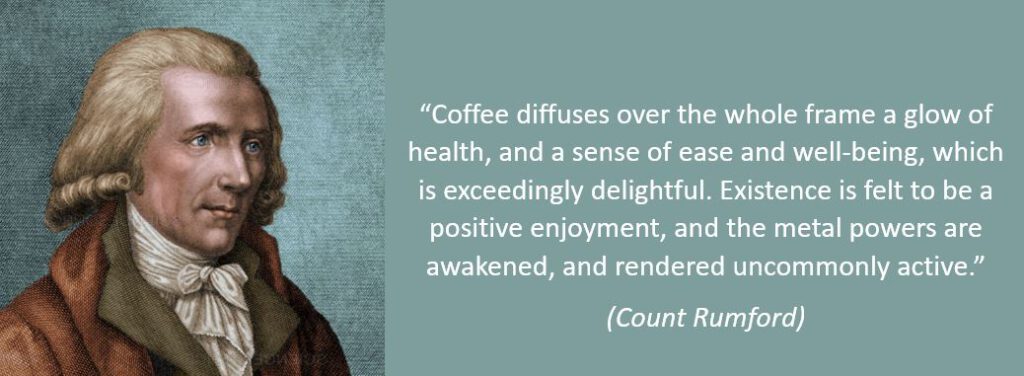
How not to make coffee
It was common in England to put the ground coffee into a coffee-pot, to add water and to boil them together. The Count shudders:
„As long as Coffee shall continue to be made according to the method generally practised in England, I shall have no hope of its being preferred to tea, for its qualities are so inferior when prepared in that way, that it is hardly possible that it should be much liked.”
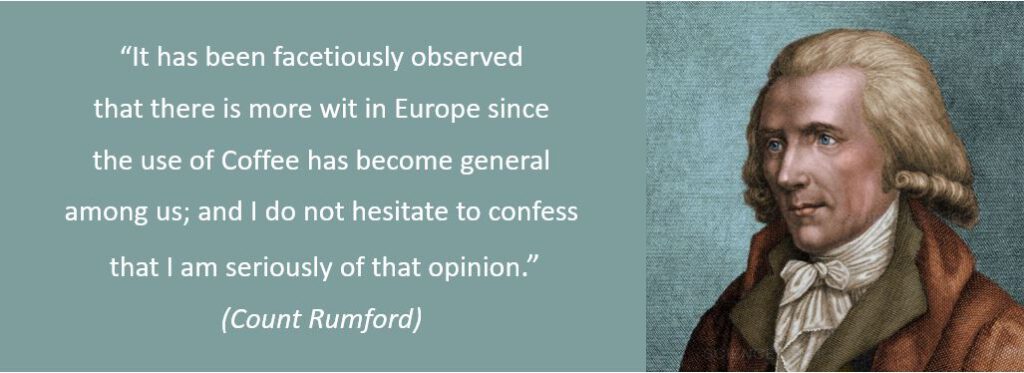
Sources
Count Rumford, Benjamin: On the excellent qualities of coffee, and the art of making it in the highest perfection; London, T. Cadell & W. Davies, 1812
Related articles
Article by Anna M. Thane, author of the novel
“Von tadellosem Ruf” (http://amzn.to/2TXvrez)
